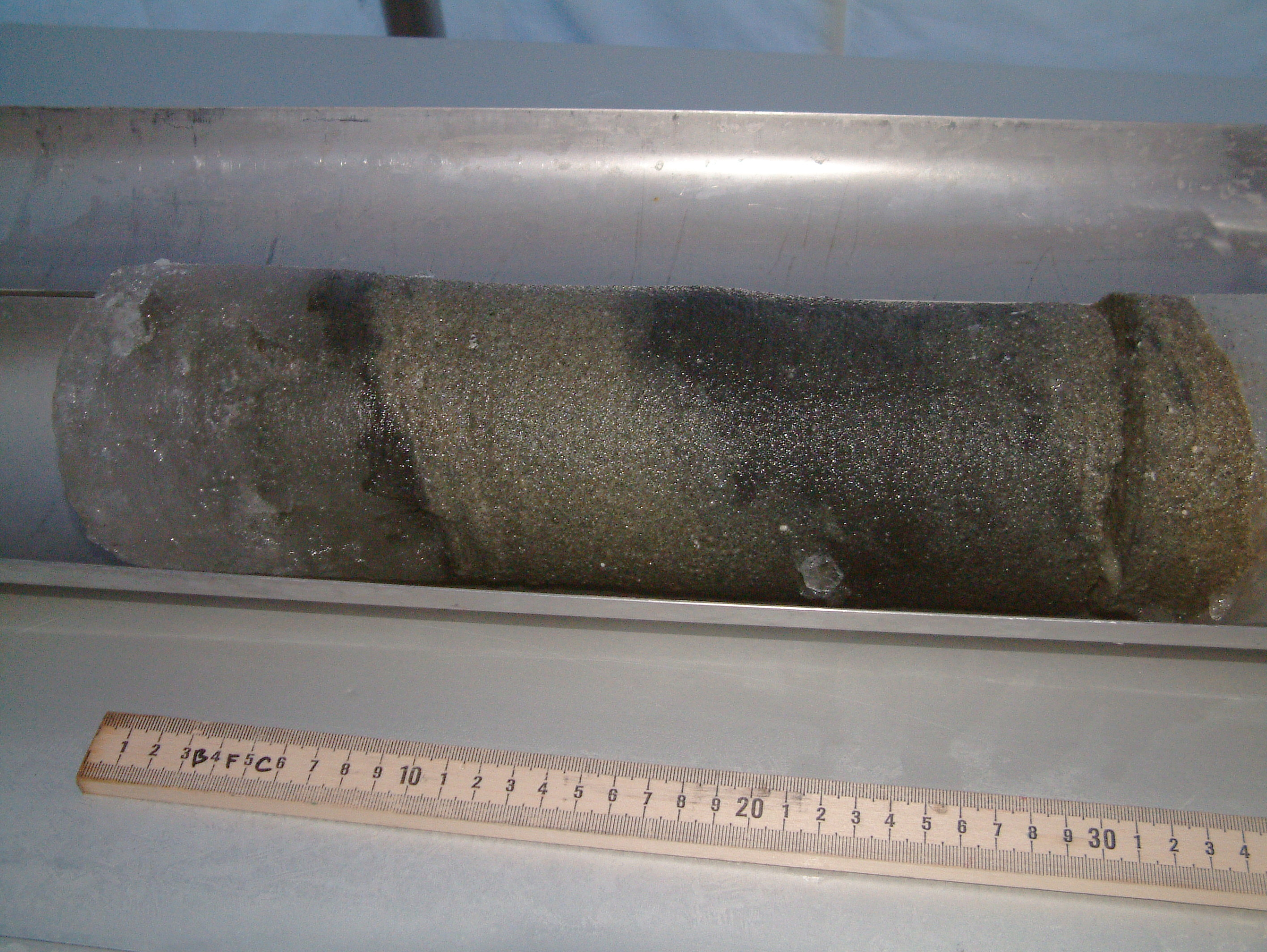This spring the IDPO is sponsoring an interdisciplinary ice community planning workshop to identify future Arctic and Antarctic drilling/coring sites, the ice drilling technology that will be needed, and the timeline over the coming decade for conducting scientific endeavors important for advancing science on many frontiers. The 2-day workshop will be open to the entire community and is planned for April 15-16. The workshop will be held at a location near Washington D.C. so that NSF program managers will have an opportunity to attend, and will be located close enough to an airport so that people from the west coast can fly in and out easily.
Results from the workshop will be reflected in updates in the science descriptions, timeline, and planning matrices in the Long Range Science Plan and Long Range Drilling Technology Plan, so that we can ensure that the drilling technology will be ready when needed by your science.
More information about the workshop will be distributed shortly via the IceDrill.News email list and via the IDPO/IDDO web site (www.icedrill.org).

